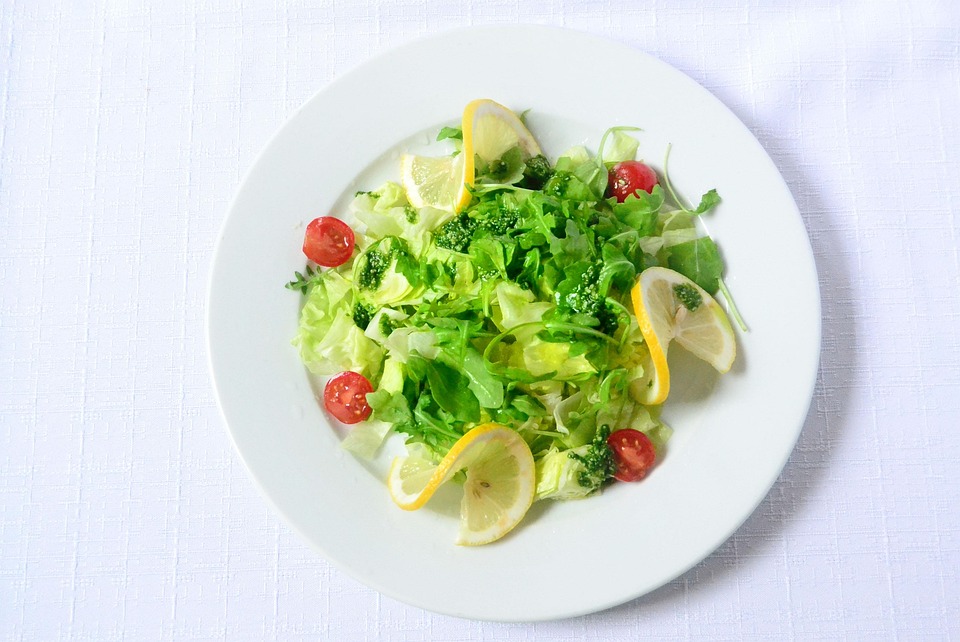In a world increasingly mindful of its environmental footprint, adopting eco-friendly lunch practices can significantly contribute to a more sustainable lifestyle. Whether you’re packing your lunch for work, school, or an outdoor adventure, making conscious choices can help reduce waste, conserve resources, and promote a healthier planet. Here are some practical tips for creating eco-friendly lunches.
1. Choose Sustainable Ingredients
Local and Seasonal Produce
Opt for fruits and vegetables that are in season and sourced locally. This not only supports local farmers but also reduces the carbon footprint associated with transportation. Seasonal produce is often fresher, tastier, and more nutritious.
Organic Options
Consider organic products to avoid harmful pesticides and fertilizers. Organic farming practices are generally better for the environment, promoting biodiversity and healthier soil.
Plant-Based Proteins
Incorporate plant-based proteins such as beans, lentils, chickpeas, and tofu. These foods require fewer resources to produce than animal products and have a lower environmental impact.
2. Minimize Packaging Waste
Bulk Buying
Purchase items in bulk to reduce packaging waste. Bring your own containers to bulk stores to fill up on grains, nuts, and snacks.
Reusable Containers
Invest in reusable lunch boxes and containers to eliminate single-use plastics. Look for options made from stainless steel or glass, which are durable and eco-friendly.
Beeswax Wraps and Cloth Bags
Instead of plastic wrap or aluminum foil, use beeswax wraps to cover sandwiches or snacks. Cloth bags are also a great alternative for produce or homemade snacks.
3. Plan Your Meals
Meal Prep
Planning your lunches in advance can help minimize food waste. By preparing meals in batches, you can ensure that food is consumed before it spoils, leading to less waste.
Smart Portions
Be mindful of portion sizes to avoid excess leftovers. This is especially important if you’re packing lunches for children or multiple family members.
4. Drink Wisely
Reusable Water Bottles
Ditch single-use plastic bottles in favor of a reusable water bottle. This simple switch can drastically reduce plastic waste and keep you hydrated throughout the day.
Eco-Friendly Beverages
If you enjoy tea or coffee with your lunch, consider purchasing organic, fair-trade options served in reusable mugs or thermoses. This not only supports ethical sourcing but also adds to the sustainability of your meal.
5. Waste Management
Composting
Set up a small composting system for food scraps. Not only does this reduce landfill waste, but it also creates nutrient-rich soil for gardening.
Recycle Wisely
Be aware of your local recycling guidelines and ensure that any recyclable materials are disposed of correctly. This helps to keep recyclables out of landfills and promotes a circular economy.
6. Get Creative with Leftovers
Leftovers can be a treasure trove of culinary inspiration. Transform yesterday’s meal into today’s lunch. For instance, roasted vegetables can be turned into a savory wrap, or grilled chicken can be added to a fresh salad.
7. Educate and Encourage Others
Share your eco-friendly lunch practices with friends, family, and colleagues. You can inspire others to consider sustainable alternatives, fostering a community committed to reducing waste and saving resources.
Conclusion
Creating eco-friendly lunches is not just a trend; it’s a necessary step towards a sustainable future. By choosing sustainable ingredients, minimizing packaging waste, and planning meals thoughtfully, everyone can play a part in this vital movement. Small changes in our daily lunch practices can yield significant benefits for our environment, fostering a healthier planet for generations to come. Start today—every green choice matters!



